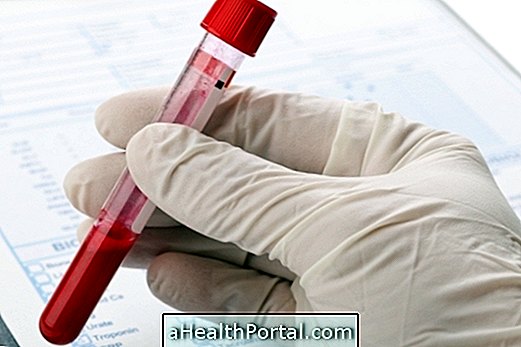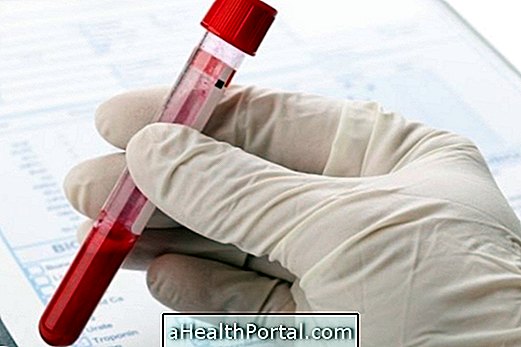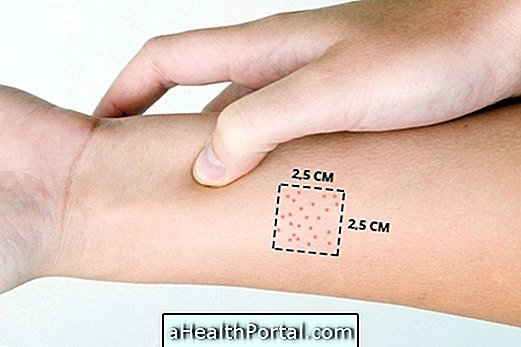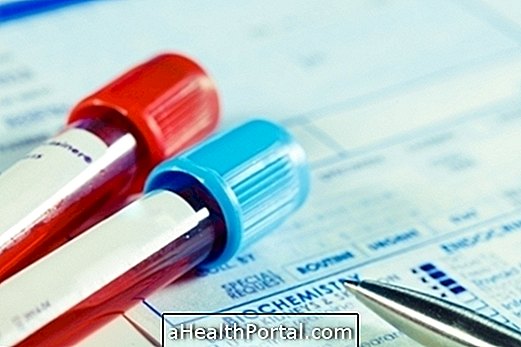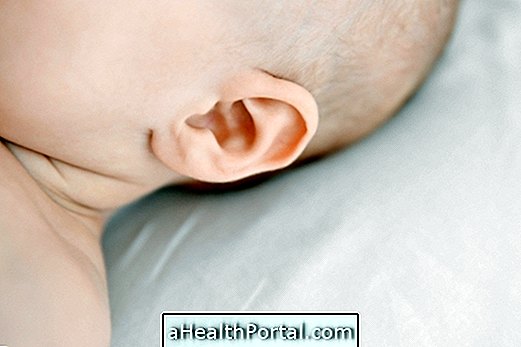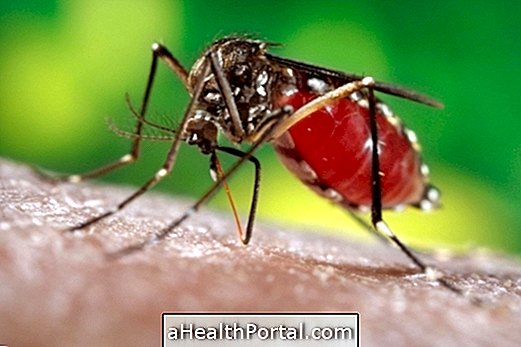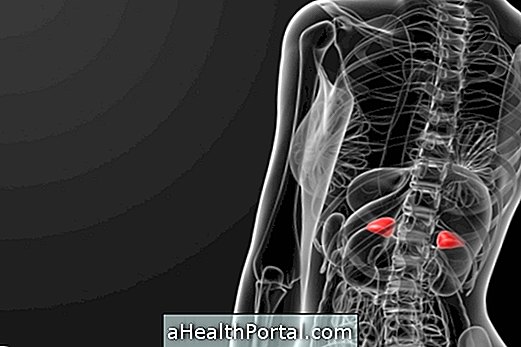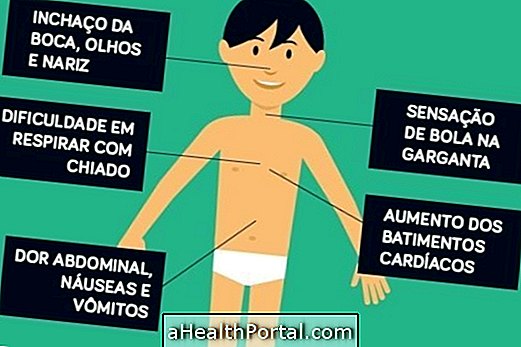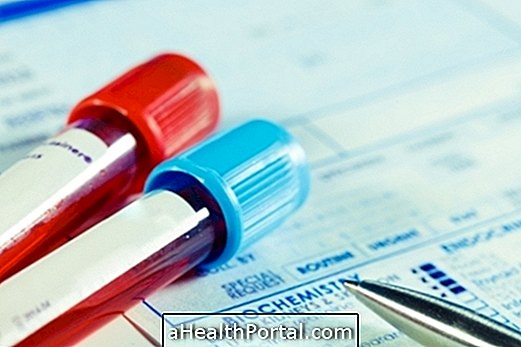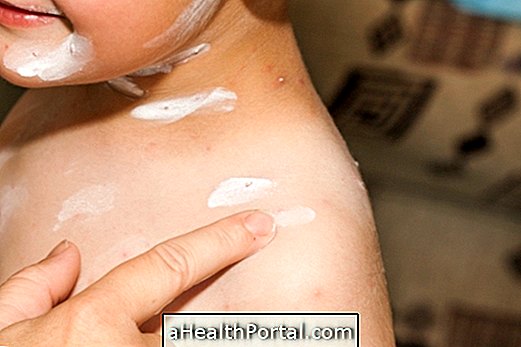The toxicological test is a laboratory test that aims to verify if the person has been or has been exposed to any type of toxic substance or drug in the last 90 or 180 days, being this examination mandatory from 2016 for issuing or renewing the driver's license of the categories C, D and E and must be carried out in laboratories authorized by DETRAN.
Although it is widely used in the process of issuing and renewing the license, toxicology can also be carried out in the hospital when poisoning by toxic or anxiolytic substances is suspected, for example by reporting in some situations the degree of exposure to that substance, in addition to be used in overdose cases to identify the substance responsible for the situation. Understand what is overdose and when it happens.
The price of the toxicological test varies according to the laboratory in which the examination will be done, ranging from $ 200 to $ 400.00, and the result is released in about 4 days.

What substances can be detected
The toxicological test is done with the objective of identifying the presence of several substances in the organism in the last 90 or 180 days, depending on the material collected, such as:
- Marijuana;
- Hashish;
- LSD;
- Ecstasy;
- Cocaine;
- Heroin;
- Morphine;
- Crack.
This test, however, does not detect the use of antidepressants, steroids or anabolic steroids, and other tests should be done if it is necessary to verify if the person makes use of these substances. See the types, effects and consequences of drugs for health.
How is done
The toxicological test can also be called a wide window of toxicology, because it allows to identify which substances the person has used or contacted in the last 3 or 6 months and indicate the concentration of these substances in the body.
The examination can be done with various types of biological materials, such as blood, urine, saliva, hair or hair, the latter two being the most used. In the laboratory, a professional trained for the activity collects the material of the person and sends it for analysis, which varies according to each laboratory, since there are several techniques for detection of toxic substances in the body.
Depending on the material collected, different information can be obtained, for example:
- Blood : allows detection of drug use in the last 24 hours;
- Urine : detection of the consumption of toxic substances in the last 10 days;
- Sweat : identifies if there was drug use in the last month;
- Hair : allows identification of drug use in the last 90 days;
- Hair : detects the use of drugs in the last 6 months.
Hair and hair are the materials that best provide information related to contact with toxic substances, because the drug when consumed spreads rapidly through the blood and ends up nourishing the hair bulbs, thus making it possible to detect drug use.
